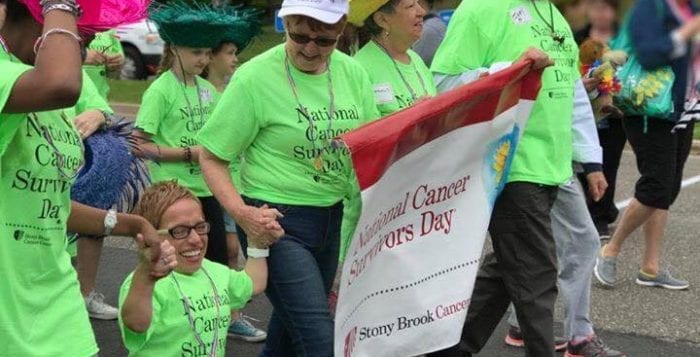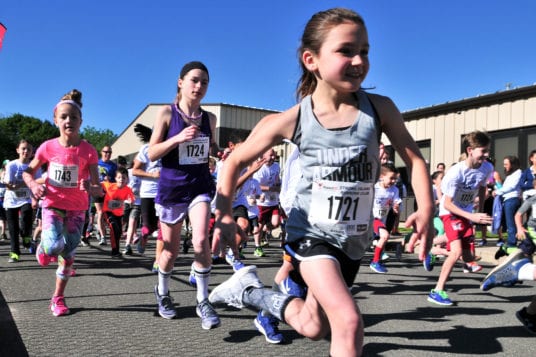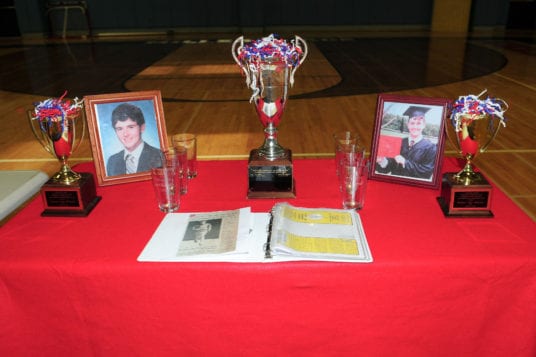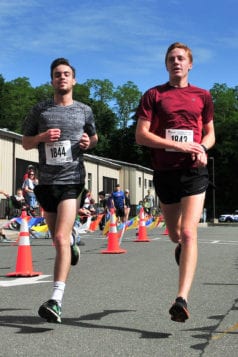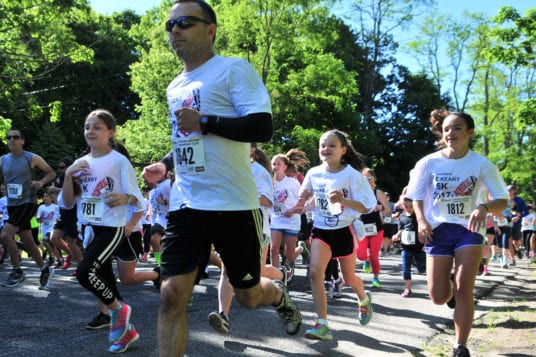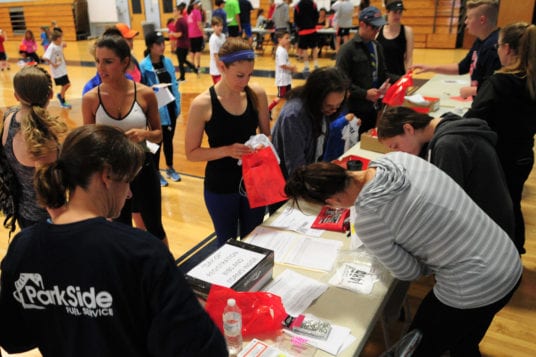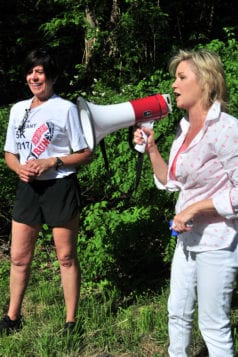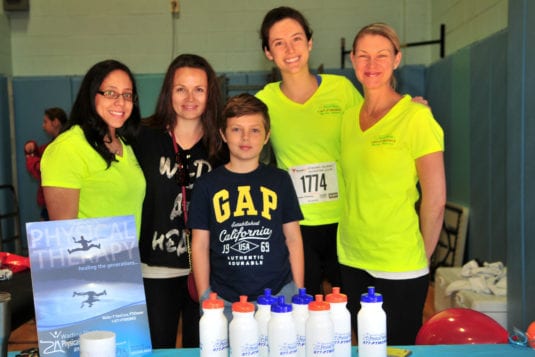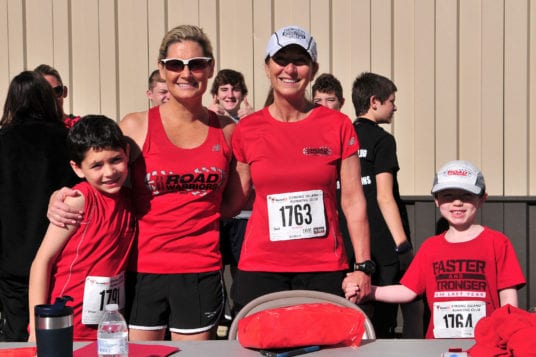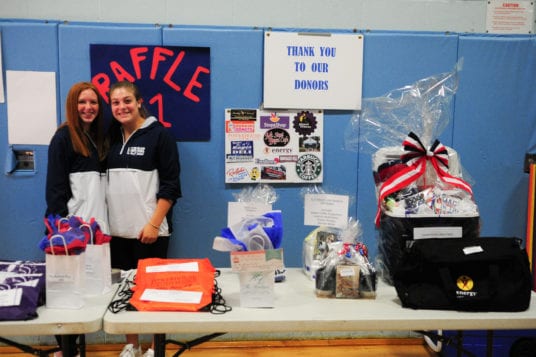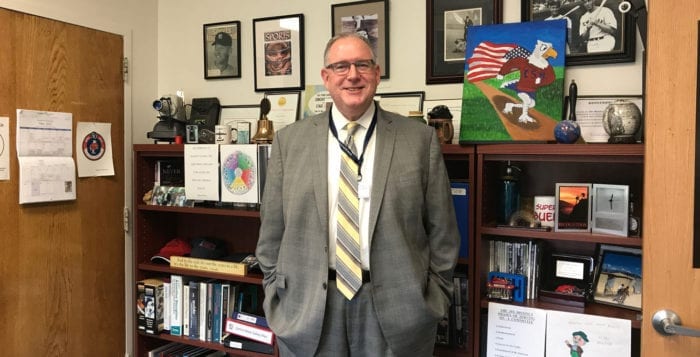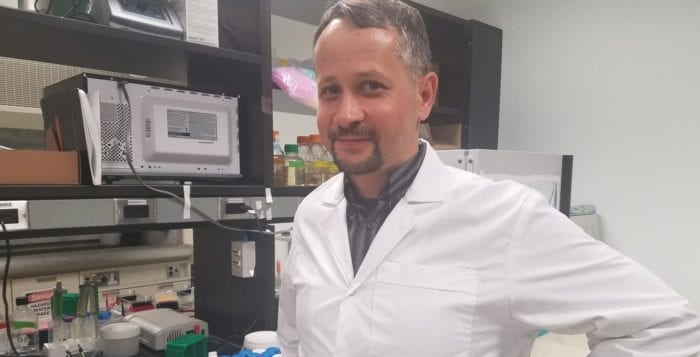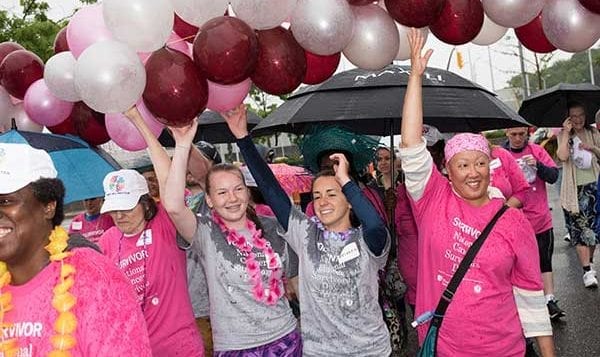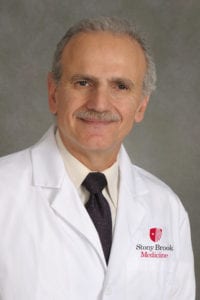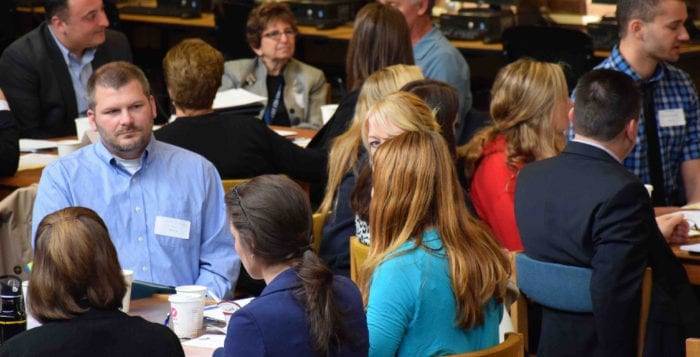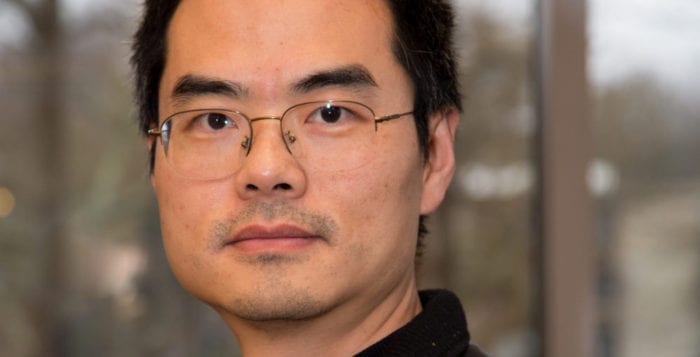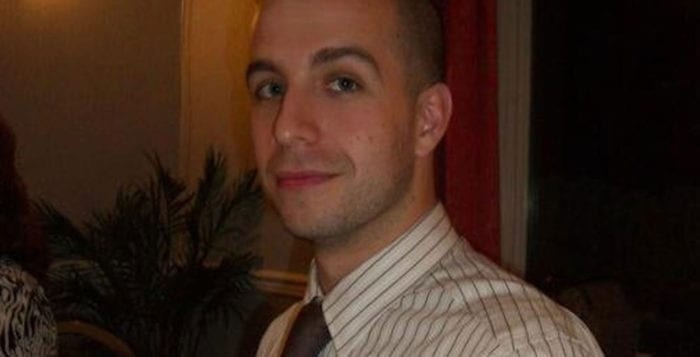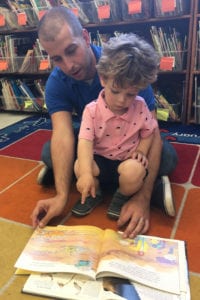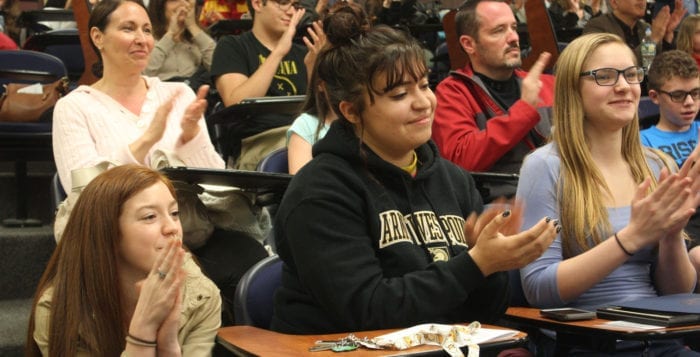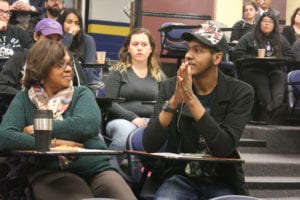By Heidi Sutton
On Sunday, June 4, hundreds of thousands of people gathered in various locations across the country for National Cancer Survivors Day, a celebration of life for anyone who has been touched by cancer. Locally, the Stony Brook Cancer Center hosted its 13th annual event, made possible by sponsorship from the Stony Brook School of Medicine and Stony Brook University.
The weather cooperated as attendees participated in a variety of outdoor activities, such as the popular dunk-a-doc, bedpan golf, chemo bag toss and face painting, as well as musical entertainment. The day culminated with the Parade of Survivors to the tune of Journey’s “Don’t Stop Believing.”
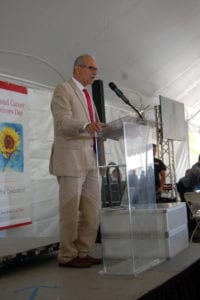
“There is really no activity that I look forward to more every year than what we are doing here today, to celebrate you and to celebrate survivorship,” said Dr. Yusuf Hannun, director of the Stony Brook Cancer Center, to a crowd of survivors, doctors, nurses, family members and friends. “Looking around … I am really humbled to see how this event has been growing exponentially, from very modest beginnings of a handful of dedicated volunteers and determined survivors, to today with over 1,300 [attendees], 300 of them survivors,” he said.
Hannun also took the opportunity to speak about the new 245,000 square-foot, state-of-the-art Medical and Research Translation (MART) building, which served as the backdrop to the event and is scheduled to open by the end of this year. The director stated the new facility “will allow us to serve twice as many patients and their families … and allow us to continue to push back against cancer at all times. We are very excited to move into that building.”
The keynote speaker of the day was Dr. Jennifer Arnold, who is featured on TLC’s docudrama, “The Little Couple” along with her husband, Bill, who is originally from Port Jefferson Station, and their beautiful children, Will and Zoey. The show has served as an invaluable way to break down barriers and educate the public about people with disabilities.
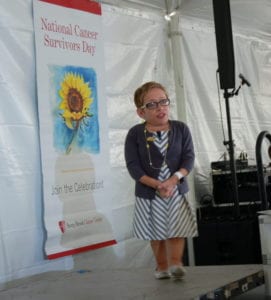
Standing at just 3 feet and 2 inches, Arnold was born with a rare type of dwarfism called spondyloepiphyseal dysplasia, Strudwick type and has undergone over 30 surgeries in her lifetime. In 2013 she was diagnosed with stage 3 choriocarcinoma, a rare cancer that developed after a non-viable pregnancy. She graciously chose to share her fight with viewers of her show.
Now a three-year cancer survivor, Arnold shared her journey and personal lessons learned at Sunday’s event with a dynamic, motivational and inspirational presentation titled Surviving with Grace and received several standing ovations.
“Although I had a lot of life lessons [growing up], nothing taught me more than going through cancer,” said Arnold. “Sometimes life throws a wrench into the middle of your world and you have to be ready for that because life is short, no pun intended.”
“Going through chemotherapy changes you a lot, physically, emotionally, mentally…,” she said. After chemo, “I didn’t go back to normal, but I did go back to life. Truly it takes a village to go through your treatment and survivorship. It’s okay to accept that help.”
Arnold continued, “This is a wonderful life that we have and I am so blessed to be alive and to be able to share my story and I know that many of you in the audience feel the same way. … Whether it’s the fact that you’ve undergone treatment for cancer or whether you’ve had other obstacles in life, I hope that you too can overcome those obstacles and that you can survive with grace.”

